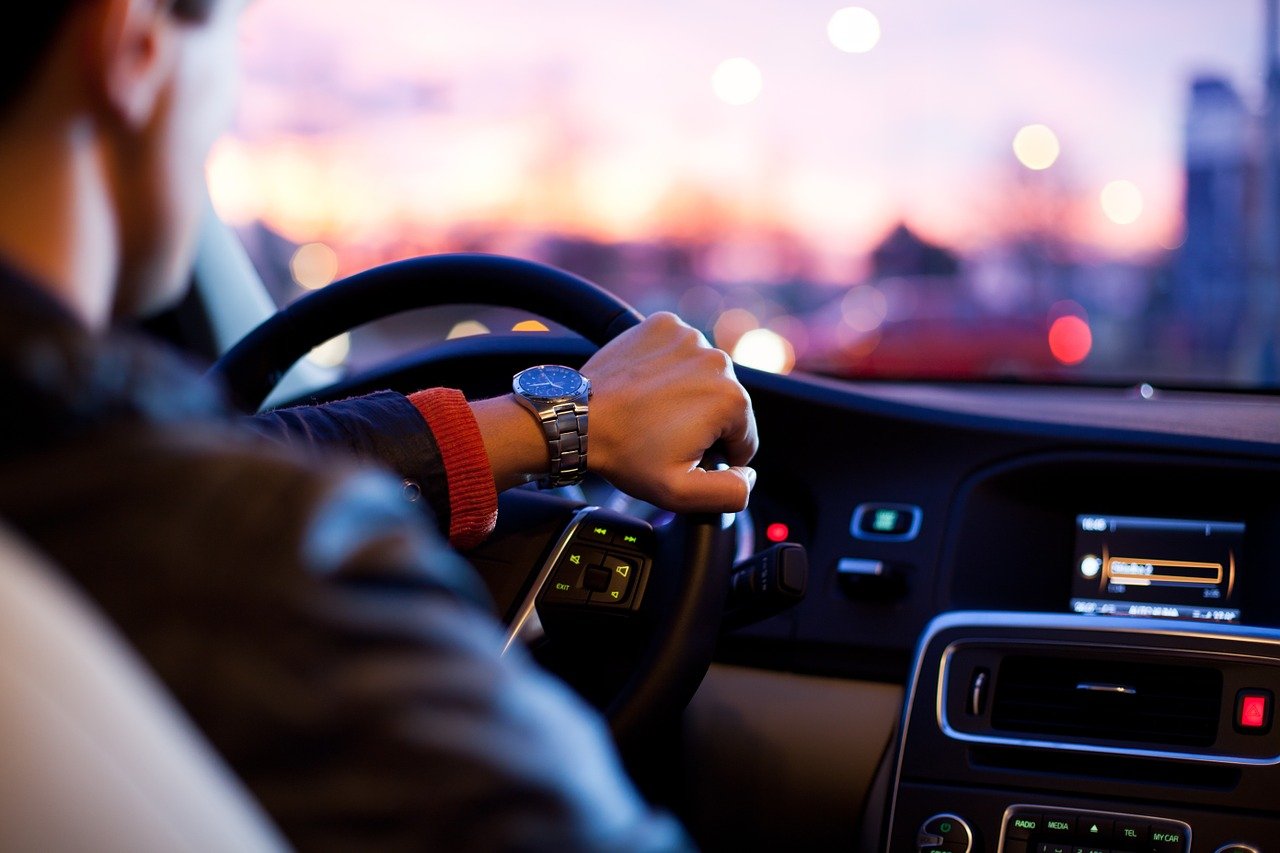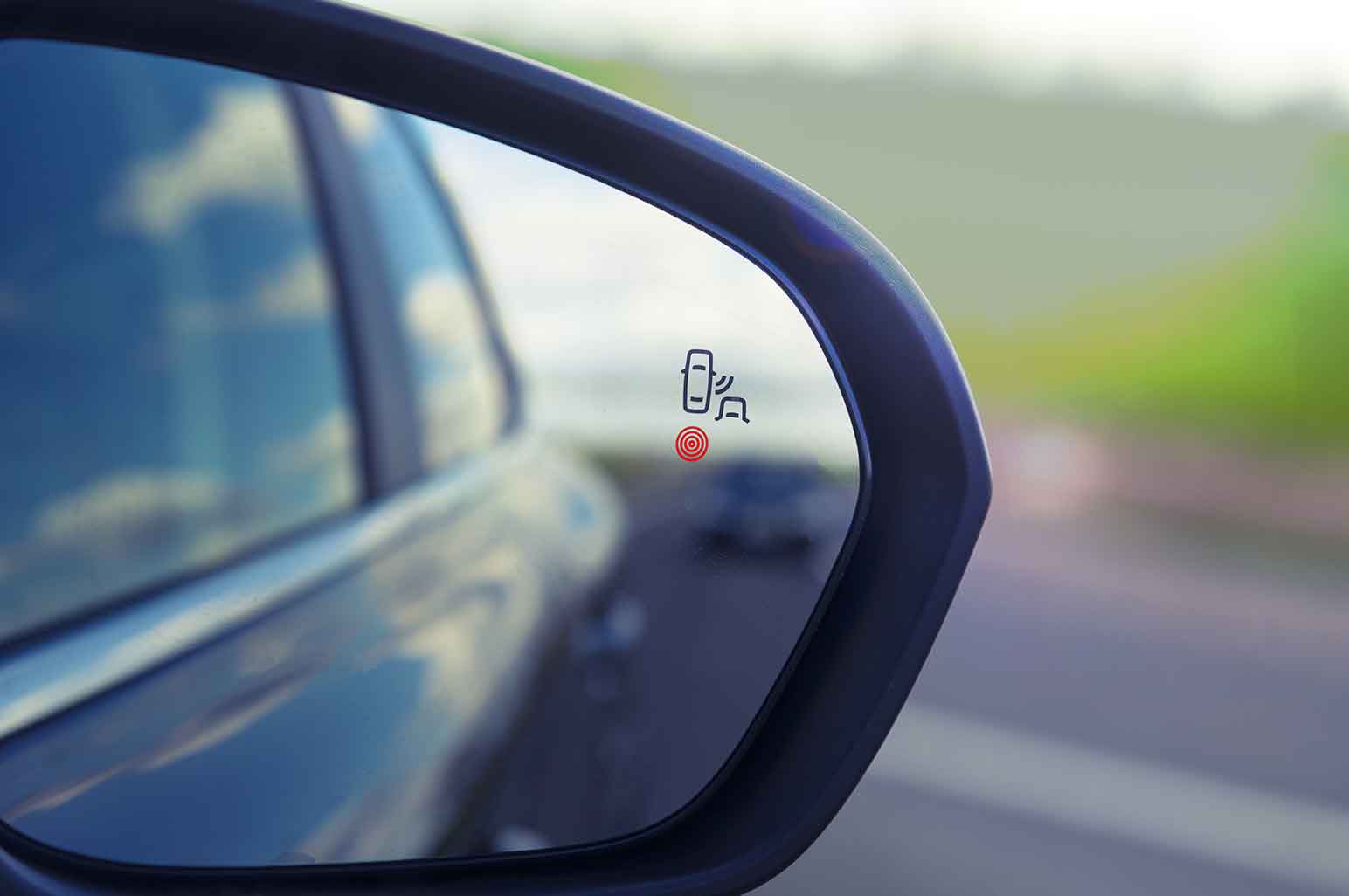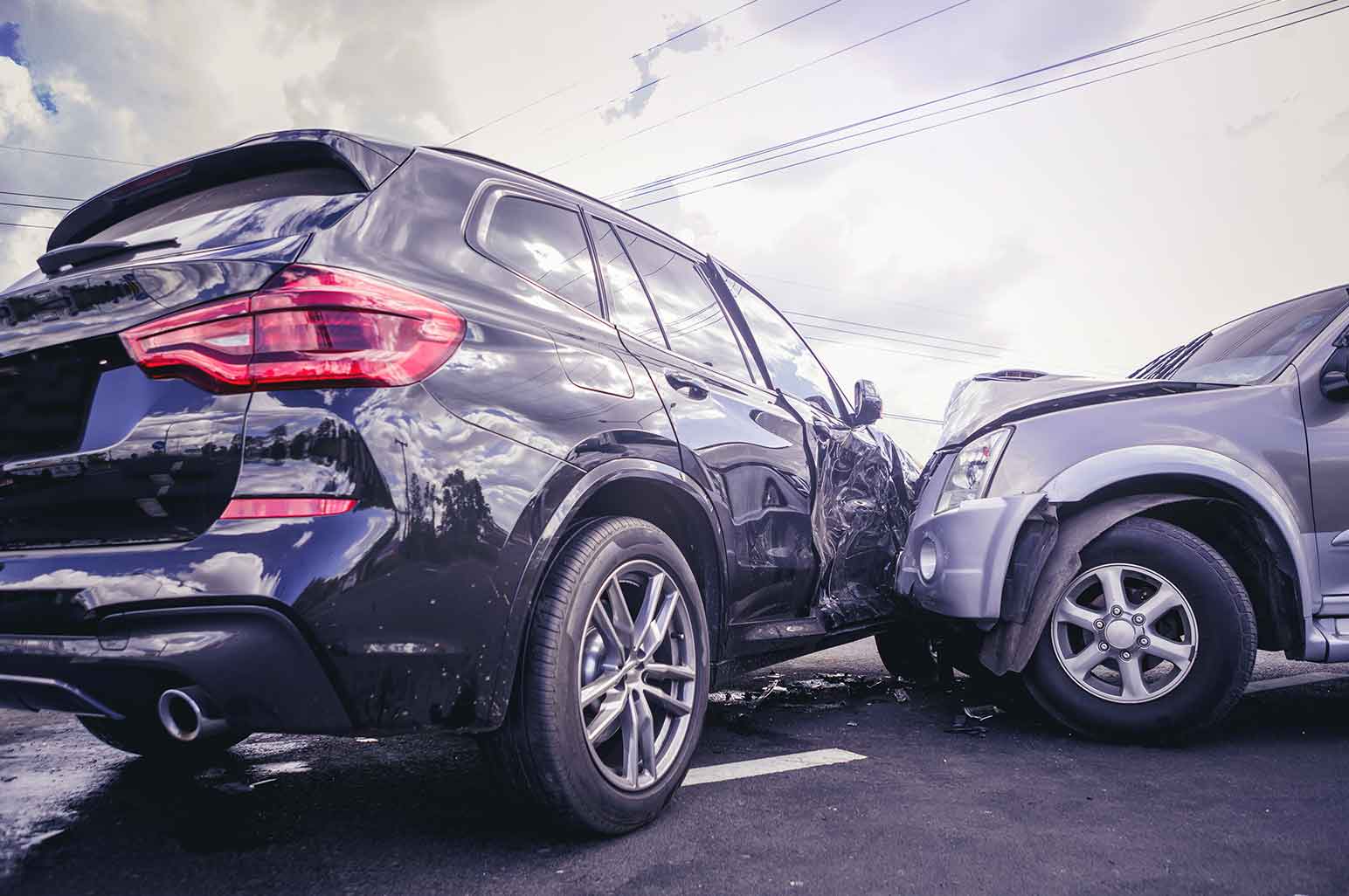
While car accidents are unavoidable in some cases, you can prevent them with the use of good equipment. Car avoidance technology is gaining widespread recognition, and different governments make it mandatory for vehicles to have these new safety systems. These systems can make a difference, though their capabilities depend on the type of car involved. That said, here are six types of car accident avoidance technology that you can consider to keep you safe on the road.
ELECTRONIC STABILITY CONTROL
Electronic stability control (ESC) is one of the best accident avoidance technologies available in new vehicles produced after September 2011 in other countries. The main advantage of this technology is that it helps prevent cars from sliding out of control under poor weather conditions such as snow. The system helps reduce engine power, and it also facilitates the momentary application of brakes to reduce speed. ESC helps prevent crashes that can lead to severe injuries or death.
ANTI-LOCK BRAKING SYSTEM (ABS)
The ABS has been in existence for more than three decades now and it has been fine-tuned to provide safety to cars. Initially implemented on planes to prevent issues like skidding on the runway when landing, the ABS technology is now applied to cars. It offers standard safety measures that can prevent collisions. With this technology, you can brake hard and you can also steer clear of an obstacle that can cause imminent danger. In most cases, many people take this for granted, but it is the major cause of crashes when they fail to negotiate the barrier. The new ABS technology boasts of computer algorithms and sensors that can adjust to suit different conditions of the road.
The other issue is that rear-end crashes are common and they are responsible for causing about 50% of the road traffic accidents. Therefore, collision avoidance systems can significantly help prevent different crashes. If the system fails to prevent a collision, then it can reduce the severity of the accident and injuries. The system consists of cameras and radar to look for pedestrians, vehicles, and animals on the road. The car automatically stops if the driver fails to take heed of the warning to avoid a collision. Other systems can steer the car away from the barrier while maintaining it in its lane if there is sufficient space.
ADAPTIVE LIGHTING
Poor lighting is another major contributor to car accidents. It is difficult to avoid crashing if you cannot see an obstacle in front of the car at night. Therefore, adaptive front lighting technology is designed to prevent crashes since the vehicle uses sensors to measure speed and steering angles. The LED headlamps can adjust accordingly so that you can have a better vision of the road ahead of you at night. The lights quickly turn on around the curves to allow you to meander without issues.
LANE DEPARTURE WARNING
Lane departure warning is designed to alert the driver when they wander from their lane. The system uses dashboard lights, beeps, or it can vibrate the steering wheel to warn the driver that they are drifting out of their lane. The technology will also try to steer back the vehicle in its lane to prevent unprecedented crashes with oncoming traffic. You need to turn the system on so that it can function properly; however, the quality and effectiveness of these systems significantly vary from car to car. A test drive is required to ascertain the effectiveness of the lane departure warning system in your car.

BLIND SPOT WARNING
Checking blind spots when changing lanes is often challenging as many people tend to forget or just ignore it. At times using mirrors alone may not be effective since you may not be able to detect vehicles moving closer to yours. However, blind-spot detection can go a long way in helping you see something hidden from the mirrors.
Blindspot detection works by giving you a warning light on your side mirrors if there is a vehicle closer when you try to change lanes. Other systems will vibrate the steering wheel if there is a car in your blind spot so that you can halt the action that can cause an accident. When you get the warning sign from the system, you are forced to look over your shoulder and check the road. Blindspot detection helps reduce crashes by about 14%. While this is an optional feature, it is important to have since it is not expensive like other systems.
FRONT AND REAR TRAFFIC ALERT
This system alerts the driver if there is a vehicle approaching from the rear or side of the car when they are pulling out of a parking space. When approaching an intersection, the system warns the driver of any impending danger. Other systems are designed to automatically brake the vehicle if a crash is imminent. All the same, the effectiveness of these systems varies and you need to test them.
WHAT TO DO AFTER A CAR CRASH?
Car avoidance technology can help prevent vehicle crashes, but it cannot change the situation in some cases. Whether or not your car is installed with technology to prevent accidents, you can find yourself in an accident. The experience of an accident is horrifying, and this is the reason why you need to enlist the services of a professional accident attorney to help you claim compensation for injuries and damage to property. Houston-based injury attorneys explain that there are different steps that you must take when you are injured in your accident. You need to work with an experienced attorney so that you can get the compensation you deserve. Accident lawyers know how to handle different cases involving car crashes so that the victims recover something from the insurance companies.

Car crashes are common and they cause serious damage to property and injuries. Many accidents are caused by human errors that can be avoided if due care is taken. However, new technology is also playing a key role in reducing the chances of accidents. As you can see, there are different car avoidance technologies that are designed to keep you safe on the road. The performance of these systems varies depending on the type of car. If used properly, car avoidance technologies can make a huge difference in preventing car crashes that are often caused by human error.
